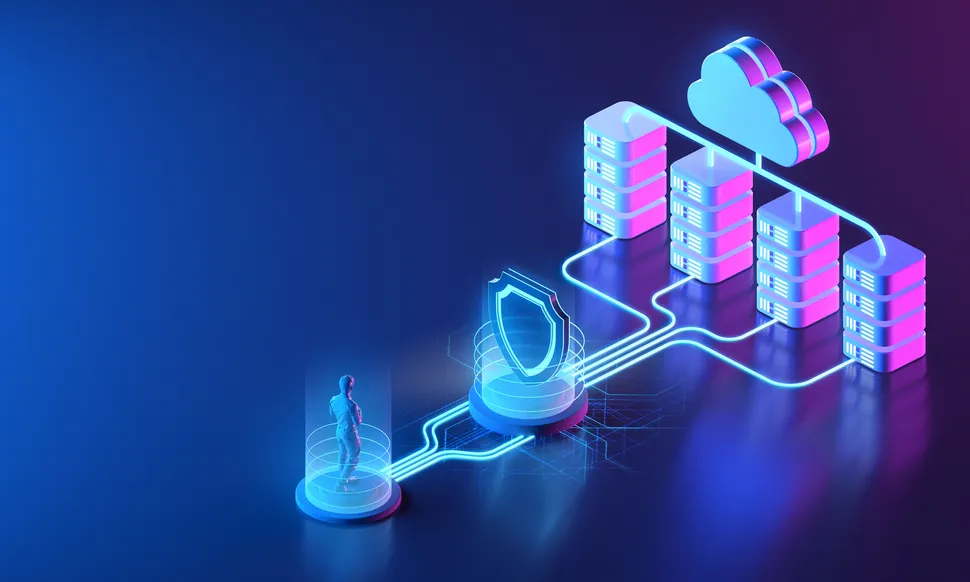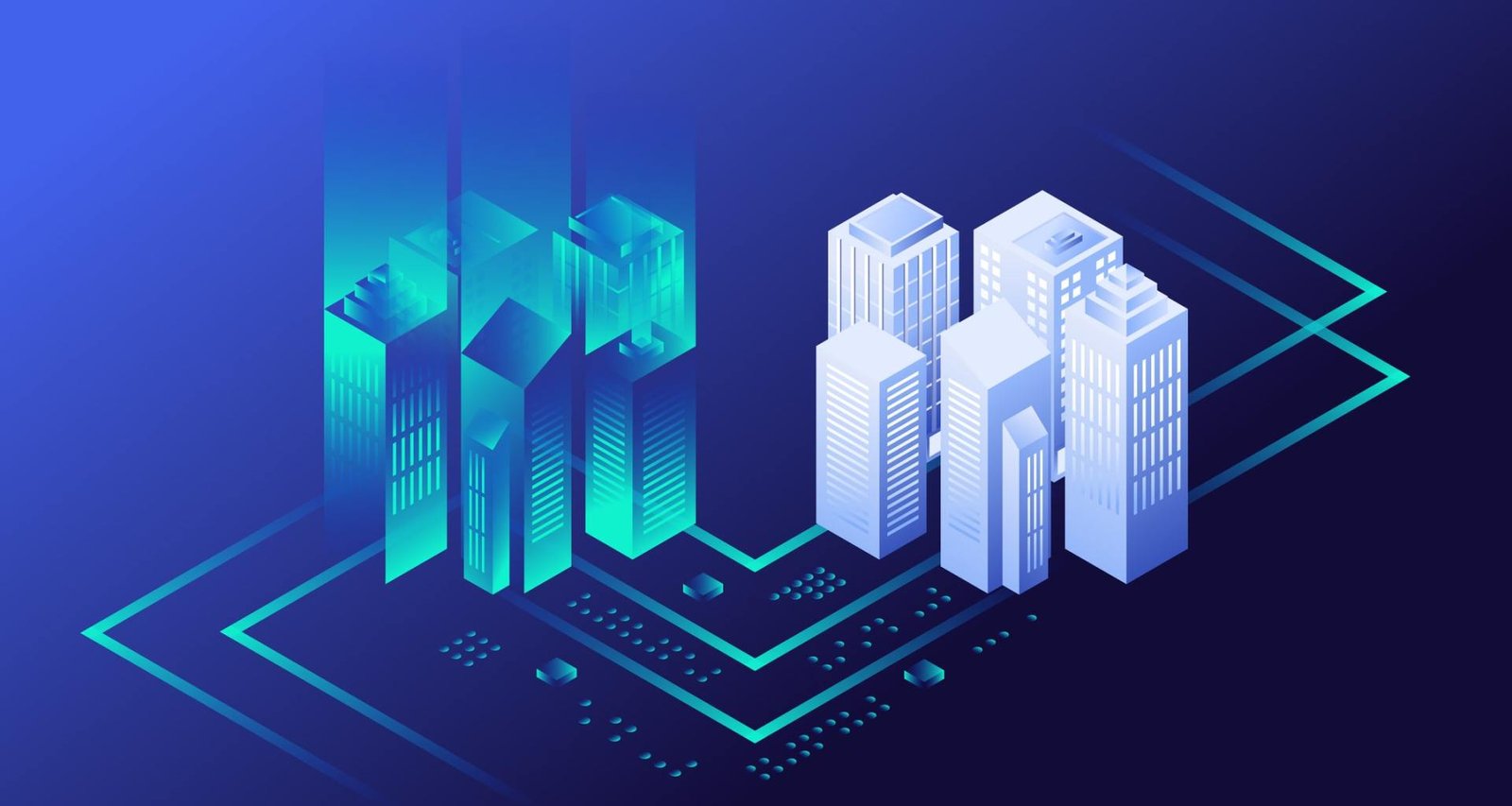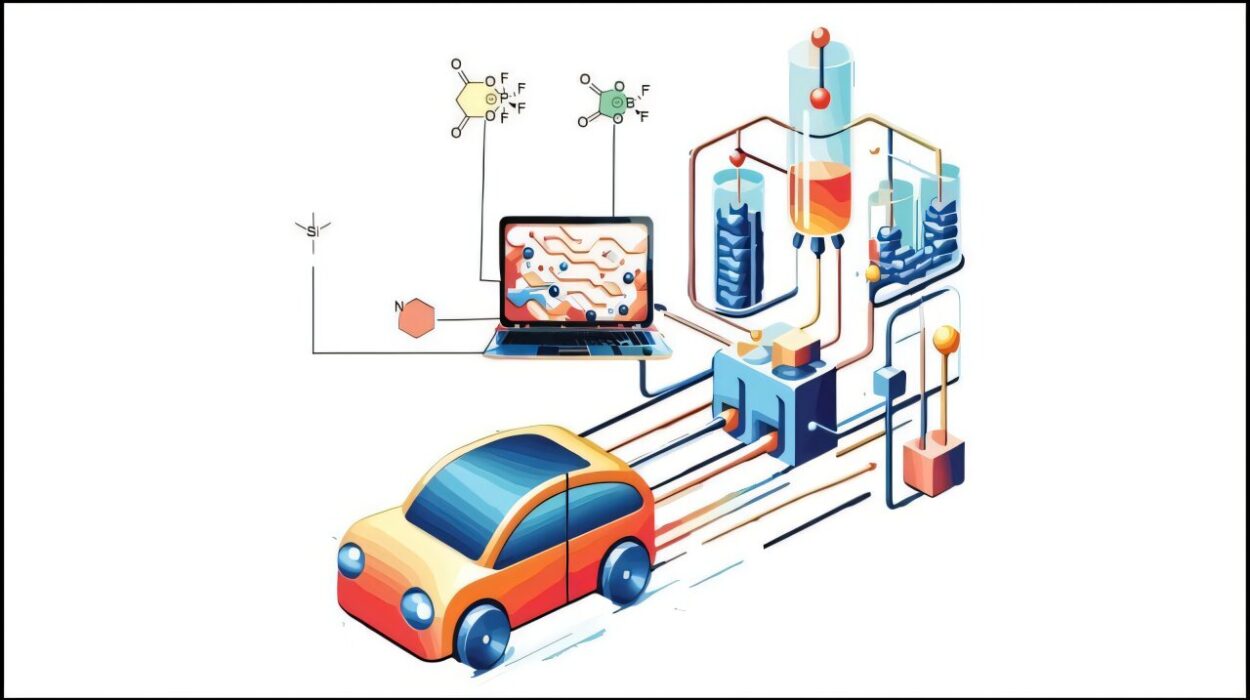Long before “hacker” became a term whispered in corporate security briefings and splashed across sensational news headlines, it had a very different meaning. In the early days of computing — the 1960s — at places like MIT’s legendary Tech Model Railroad Club, a “hack” was simply a clever, elegant solution to a problem. It wasn’t about breaking into systems; it was about bending technology to your will, making it do things its designers never imagined.
The term carried admiration. A good hack was art. It was an act of playful ingenuity. The “hackers” of those days weren’t criminals — they were visionaries, dreamers, and tinkerers. And yet, as the decades passed, the word would mutate, shaped by subcultures, media portrayals, and the dawning realization that in the age of connected machines, curiosity could be both a gift and a weapon.
This is the story of that transformation — from the whistles of phone “phreakers” to the sophisticated cyber arsenals of nation-states.
The Whistle Heard Around the World
Our journey begins not with a computer, but with a toy. In the 1960s, a blind man named John Draper, who would later earn the nickname Captain Crunch, discovered something peculiar: a plastic whistle given away in boxes of Cap’n Crunch cereal could produce a tone of exactly 2600 hertz. This was no ordinary sound — it was the magic frequency that controlled the routing of long-distance telephone calls in AT&T’s vast analog network.
By blowing the whistle into a phone handset, Draper could trick the system into granting him free calls anywhere in the world. He wasn’t alone. A small underground of “phone phreaks” emerged — curious, often brilliant misfits who reverse-engineered the telephone system for fun, freedom, and, sometimes, free calls.
Phreakers built “blue boxes,” homemade devices that could generate an entire suite of control tones, giving them god-like control over the phone network. One young enthusiast named Steve Wozniak — before co-founding Apple — built and sold blue boxes with his friend Steve Jobs. Wozniak later said that without that playful dabbling in phone systems, Apple might never have been born.
The phone phreak era planted a seed: the realization that complex, closed systems could be understood, manipulated, and remade by outsiders.
From Terminals to Trouble
As the 1970s slid into the 1980s, computers began to creep out of labs and corporations into schools, hobbyist clubs, and eventually homes. Bulletin Board Systems (BBSs) — the digital meeting places of the pre-Web era — became hubs for curious minds. They shared code, swapped ideas, and sometimes traded stolen access codes or pirated software.
The legends of this era read like a rogue’s gallery of teenage genius. Groups like the 414s, named after their Milwaukee area code, broke into dozens of high-profile computer systems in 1983, including those at Los Alamos National Laboratory. They didn’t steal money or cause damage; they were in it for the challenge, the thrill, and the bragging rights.
That same year, Hollywood released WarGames, a film about a teenager who accidentally hacks into a military computer and nearly starts World War III. The movie tapped into public fears and fascination, pushing “hacking” into mainstream consciousness. The U.S. government took note. In 1984, Congress passed the Computer Fraud and Abuse Act (CFAA), marking one of the first major legal frameworks for prosecuting computer crimes.
But legal lines didn’t stop the underground from growing. In the dim glow of green-on-black terminals, hackers were beginning to explore a new, even wilder frontier: the Internet.
Hackers in the Age of Modems
By the early 1990s, the hacker underground had developed its own culture, language, and ethics. The Hacker Manifesto, penned by a figure known as The Mentor after his arrest in 1986, became a defining text. It painted hackers not as criminals but as explorers of systems, seekers of knowledge in a world obsessed with control.
Yet, as with any tool, motives varied. Some hackers adhered to a code of curiosity and non-destruction, while others were motivated by profit, revenge, or chaos. The decade saw the rise of groups like Legion of Doom in the U.S. and Chaos Computer Club in Germany. They traded technical knowledge like currency, sometimes outpacing the very engineers who built the systems they breached.
The spread of dial-up modems turned every bedroom into a potential launch pad for a hack. Companies and government agencies found themselves defending against intrusions from kids halfway across the globe. It was thrilling — and terrifying.
The Birth of Hacktivism
While some hacked for curiosity and others for profit, a new breed emerged in the mid-1990s: hacktivists. These were hackers with a political mission, using their skills to protest, disrupt, or expose.
Groups like Cult of the Dead Cow and Electronic Disturbance Theater blurred the lines between civil disobedience and cybercrime. They defaced websites, launched digital sit-ins, and leaked information in the name of causes ranging from human rights to anti-globalization.
In 1999, Hacktivismo, a subgroup of Cult of the Dead Cow, released tools aimed at circumventing internet censorship, making them early pioneers of the “free information” movement. The idea that hacking could be an act of protest — a digital extension of the picket line — took root.
Viruses, Worms, and the First Digital Pandemics
Hacking wasn’t the only cyber threat emerging. Malicious software — viruses, worms, and Trojan horses — began to spread with alarming speed. Some were written for bragging rights, like the Morris Worm of 1988, which inadvertently brought down large portions of the early Internet. Others, like the ILOVEYOU virus in 2000, caused billions in damage by spreading through email systems worldwide.
The line between hacking and malware-writing blurred as criminals realized the profit potential. Banking trojans, keyloggers, and spyware became tools of the trade for a growing underground economy.
Cybercrime Goes Pro
The 2000s marked a turning point. Hacking shifted from being a hobbyist subculture to a professionalized industry. Cybercrime syndicates emerged, often operating out of countries with weak enforcement. They stole credit card data, infiltrated corporate networks, and ran sophisticated phishing campaigns.
One watershed moment was the TJX data breach of 2005–2007, where hackers stole over 45 million credit card numbers. The attack demonstrated that digital heists could rival — and exceed — traditional bank robberies in scale and payout.
Underground forums became bustling marketplaces where stolen credentials, hacking tools, and zero-day exploits were bought and sold. Ransomware made its debut, encrypting victims’ files and demanding payment for the key.
Nation-States Enter the Arena
If the early decades of hacking were a cat-and-mouse game between hobbyists and corporations, the late 2000s brought a new, more dangerous player onto the field: nation-states.
The most famous early example was Stuxnet, discovered in 2010. This sophisticated worm, widely believed to be a joint U.S.-Israeli operation, targeted Iran’s nuclear enrichment program. Stuxnet didn’t just steal data; it sabotaged physical infrastructure, causing centrifuges to spin out of control while displaying normal readings to operators. It was the first known cyberweapon to cause real-world physical damage.
From there, the floodgates opened. Cyber espionage campaigns like Operation Aurora (targeting Google and others) and large-scale attacks like the Sony Pictures hack — allegedly by North Korea — showed that state-backed hackers could blend politics, warfare, and public humiliation into a single operation.
The Age of Persistent Threats
By the mid-2010s, the term Advanced Persistent Threat (APT) became part of cybersecurity vocabulary. These were long-term, highly targeted campaigns, often backed by governments, aimed at infiltrating specific organizations or industries.
Groups linked to China, Russia, North Korea, and other nations carried out operations to steal intellectual property, disrupt infrastructure, or influence political outcomes. The 2016 U.S. presidential election became a global flashpoint for debates about foreign interference and the weaponization of hacked information.
Cyber conflict was no longer a subplot — it was geopolitics.
Today’s Landscape: From the Basement to the Battlefield
In the 2020s, hacking is everywhere. Ransomware cripples hospitals. Supply chain attacks, like the SolarWinds breach, compromise thousands of organizations in a single stroke. Nation-state campaigns blur the line between espionage and open hostility.
Yet, at the same time, hacking retains echoes of its origins. Ethical hackers — or “white hats” — work to secure systems, hunting vulnerabilities before malicious actors exploit them. Bug bounty programs pay skilled researchers for finding flaws. Cybersecurity has become an arms race, with defenders and attackers locked in perpetual evolution.
The Dual Nature of the Hacker Spirit
Across decades, one truth emerges: hacking is not inherently evil. It is a mindset — a restless curiosity, a refusal to accept that systems are impenetrable. What changes is the intent behind it. The same ingenuity that can free a censored internet user can also steal a nation’s secrets.
The phreakers of the 1970s, the BBS explorers of the 1980s, the hacktivists of the 1990s, and the state-sponsored cyber warriors of today are all threads in a single, sprawling tapestry.
Hacking began as a whisper in the wires — a 2600-hertz tone from a cereal-box whistle — and has grown into a force that shapes economies, politics, and the very fabric of our connected lives. The question is no longer whether hacking will shape the future, but how we choose to wield that power.






